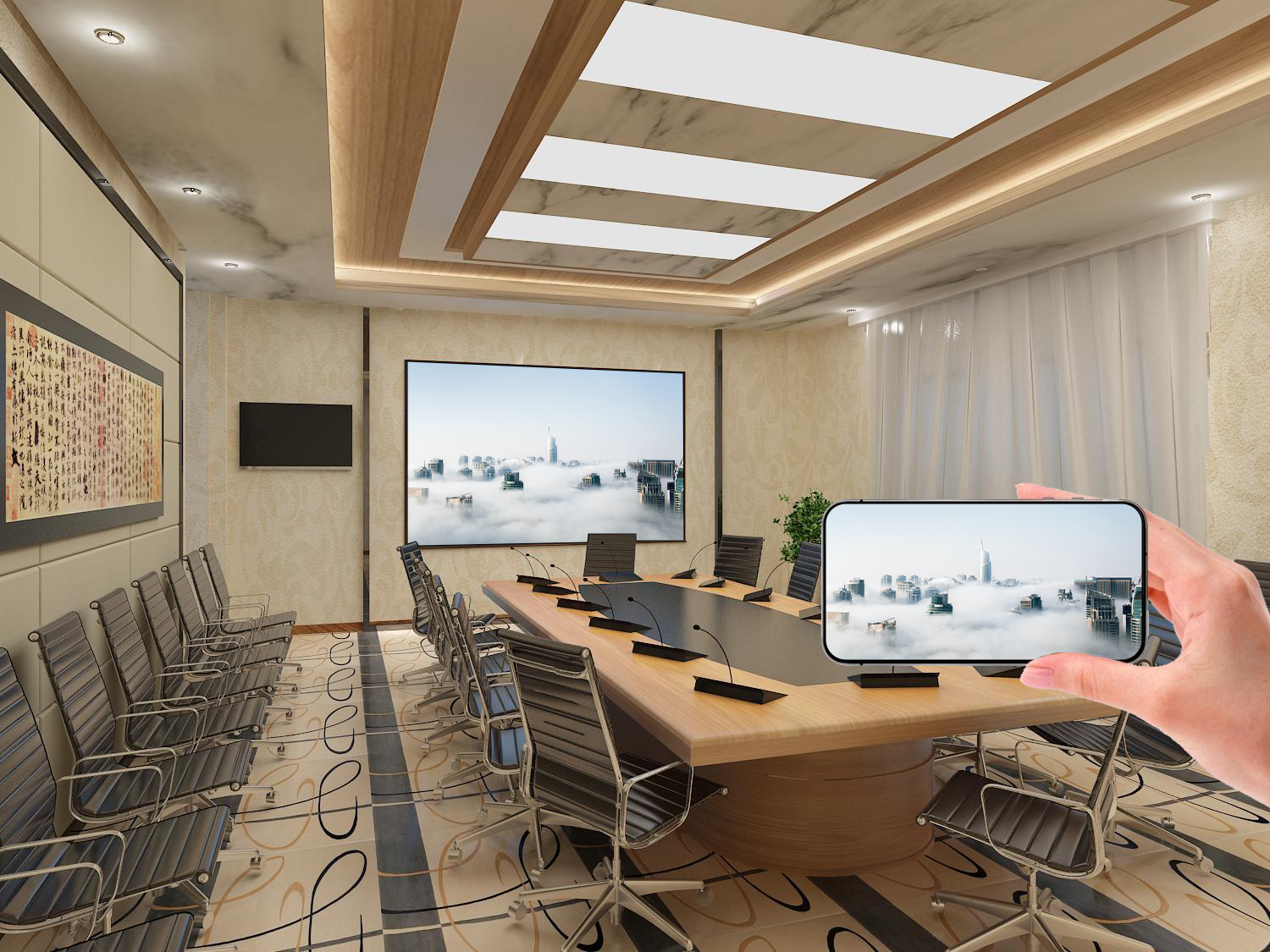Complete Guide to Mobile Screen Mirroring: Innovative Applications of Google Cast in Smart Classrooms
As the most convenient form of wireless screen mirroring, mobile screen mirroring plays a vital role in smart classrooms through the Google Cast protocol. Mastering the correct usage methods can significantly enhance teaching effectiveness.
1. Google Cast Mirroring Operations
Basic Operation Process
- Ensure devices are connected to the same network (both mobile phone and receiving device, such as a smart display or projector).
- Open a Google Cast-supported app (e.g., YouTube, Chrome, Google Photos).
- Click the cast icon and select the target device from the list to start mirroring.
Advanced Function Usage
- Screen mirroring feature: Mirror the entire mobile screen (including non-Cast apps) via the system’s cast settings.
- Simultaneous multi-device connection: Support multiple mobile phones casting content to different displays or split screens.
- Remote control management: Teachers can control mirrored content (pause, switch, annotate) via a central management interface.
2. Application Scenarios in Smart Classrooms
Classroom Teaching
- Quickly share learning resources: Instantly cast online articles, videos, or web pages to the main screen for collective viewing.
- Real-time display of student assignments: Students cast their completed work to the screen for teacher feedback and peer review.
- Support for mobile teaching: Teachers move freely in the classroom while casting courseware or demonstration operations from their phones.
Group Discussions
- Collaboration among group members: Share notes, sketches, or discussion points via mobile mirroring within the group.
- Instant display of results: Each group casts their conclusions to the shared screen for whole-class discussion.
- Promotion of in-depth discussions: Annotate or modify cast content in real time to refine ideas collectively.
3. Sharing of Usage Tips
- Ensure network stability: Prioritize 5GHz Wi-Fi to reduce latency and interference during peak usage.
- Test device compatibility in advance: Verify that mobile phones and receiving devices support Google Cast to avoid connection failures.
- Prepare backup connection solutions: Have wired alternatives (e.g., USB-C to HDMI adapters) ready for emergency use.
